flash freezing demonstration Inarizushi
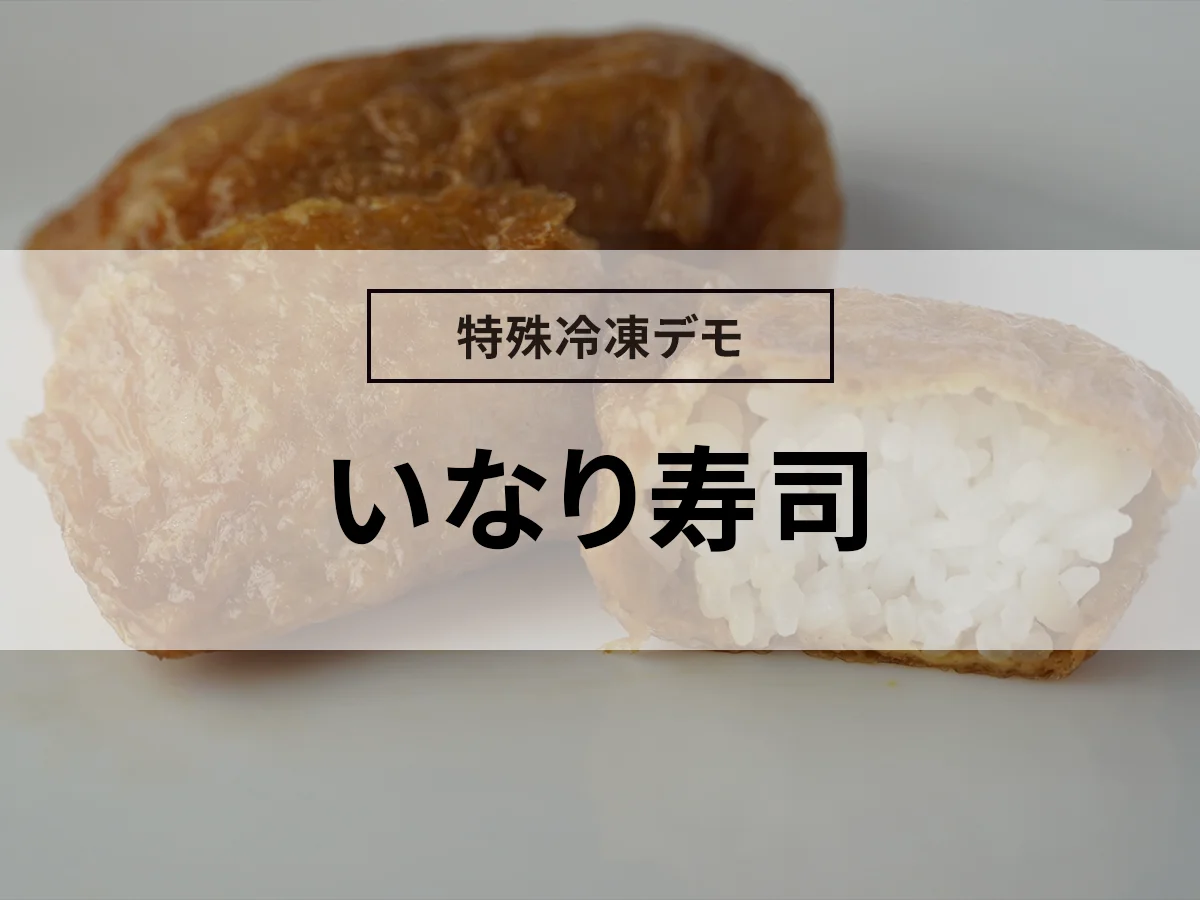
This time, we conducted a demonstration experiment using "Inarizushi"!
The procedure was to store it frozen for two weeks, then thaw it and sample it.
Here we will report the results in detail.
This experiment was conducted based on the image of an operation that produces prepared foods at a supermarket or catered lunch boxes for companies!
We put the freshly made Inarizushi directly into our Artlock freezer and rapid freezing it.
This time, we verified two types of decompression patterns.

When using Artlock Freezer,
・Can be frozen without wrapping in packaging material
Therefore, when we freeze "Inarizushi" at the customer's request,
・ "Since it can be frozen without getting crushed, it can maintain its beautiful freshly made shape!"
・" The grains of the rice are better than when frozen using other companies' freezing machines."
This is an ingredient that we have successfully frozen and thawed in the past, and we have received such feedback!
The conditions for this experiment are as follows.
Freezing time = approximately 45 minutes
Storage method = -20℃ freezer, 2 weeks
Thawing pattern = Refrigerated thawing/normal temperature thawing
* The temperature at the center of the food is the same as the surrounding area. Set as a guideline for "defrosting completed"
Before freezing
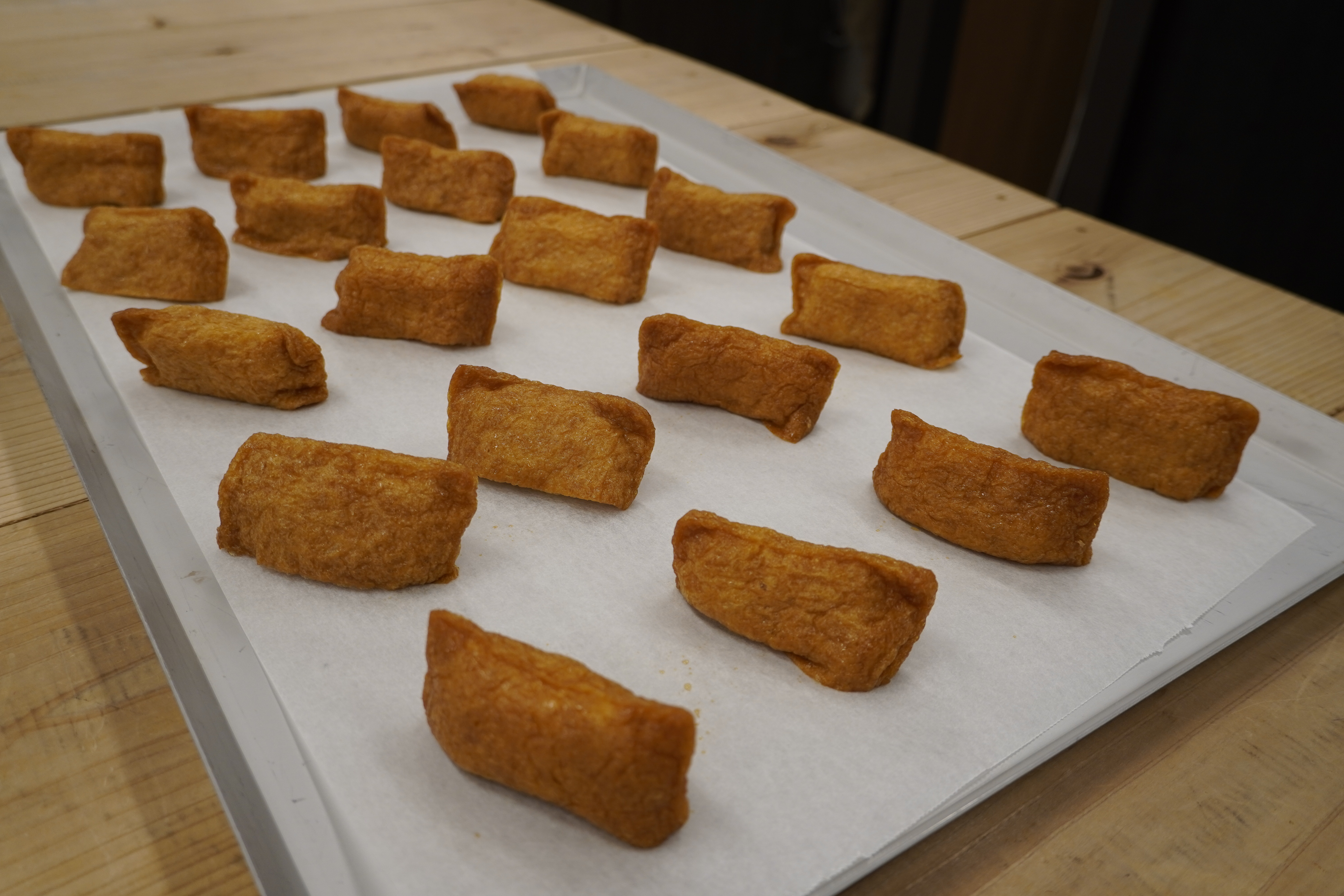
After freezing
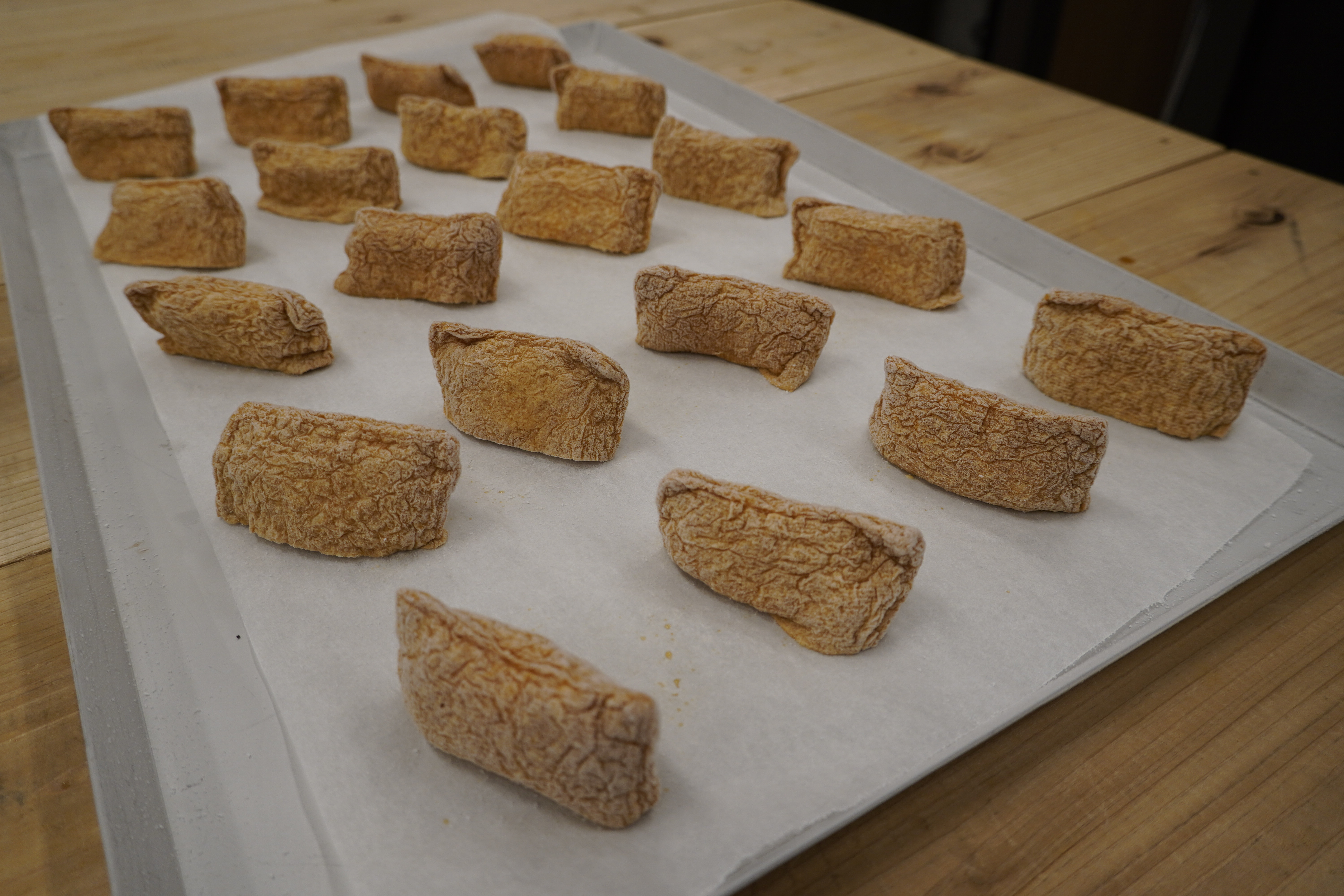
After freezing and before storage
Inari is intended for in-house use, so we store it in a 99% vacuum, not on plates, but in high-barrier (low oxygen permeability) vacuum bags that allow for the highest quality frozen storage.
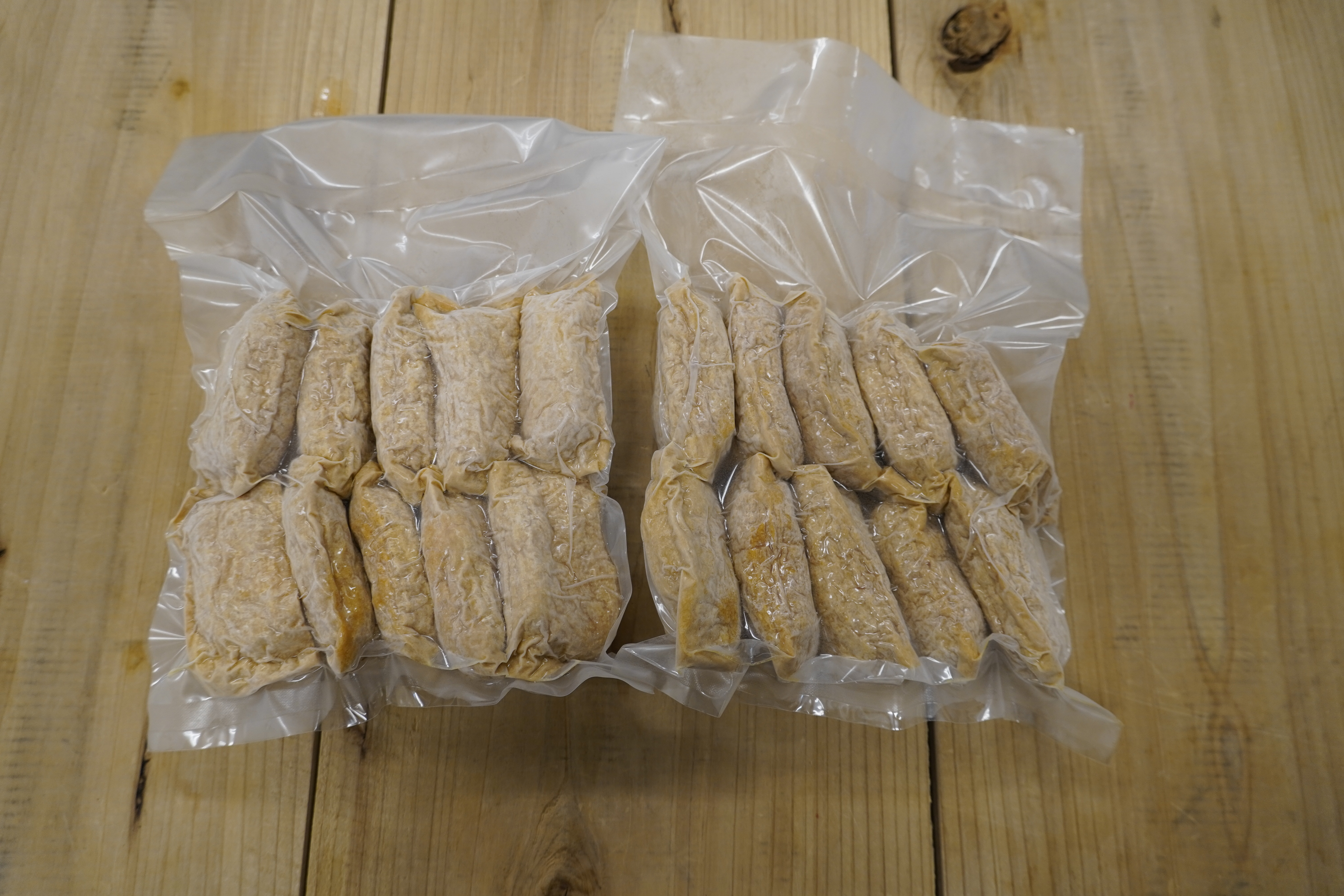
After 2 weeks of frozen storage
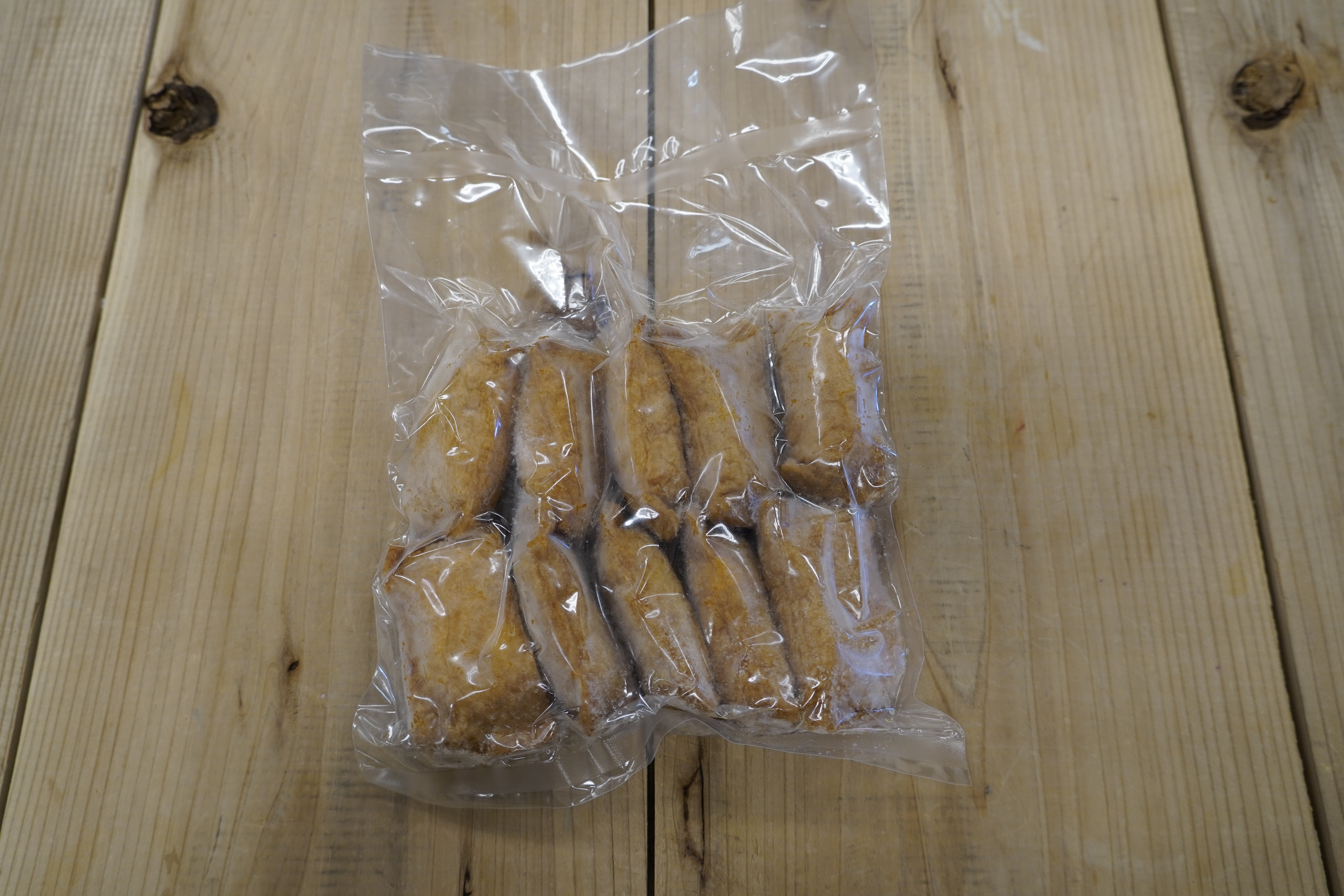
Thawing at room temperature
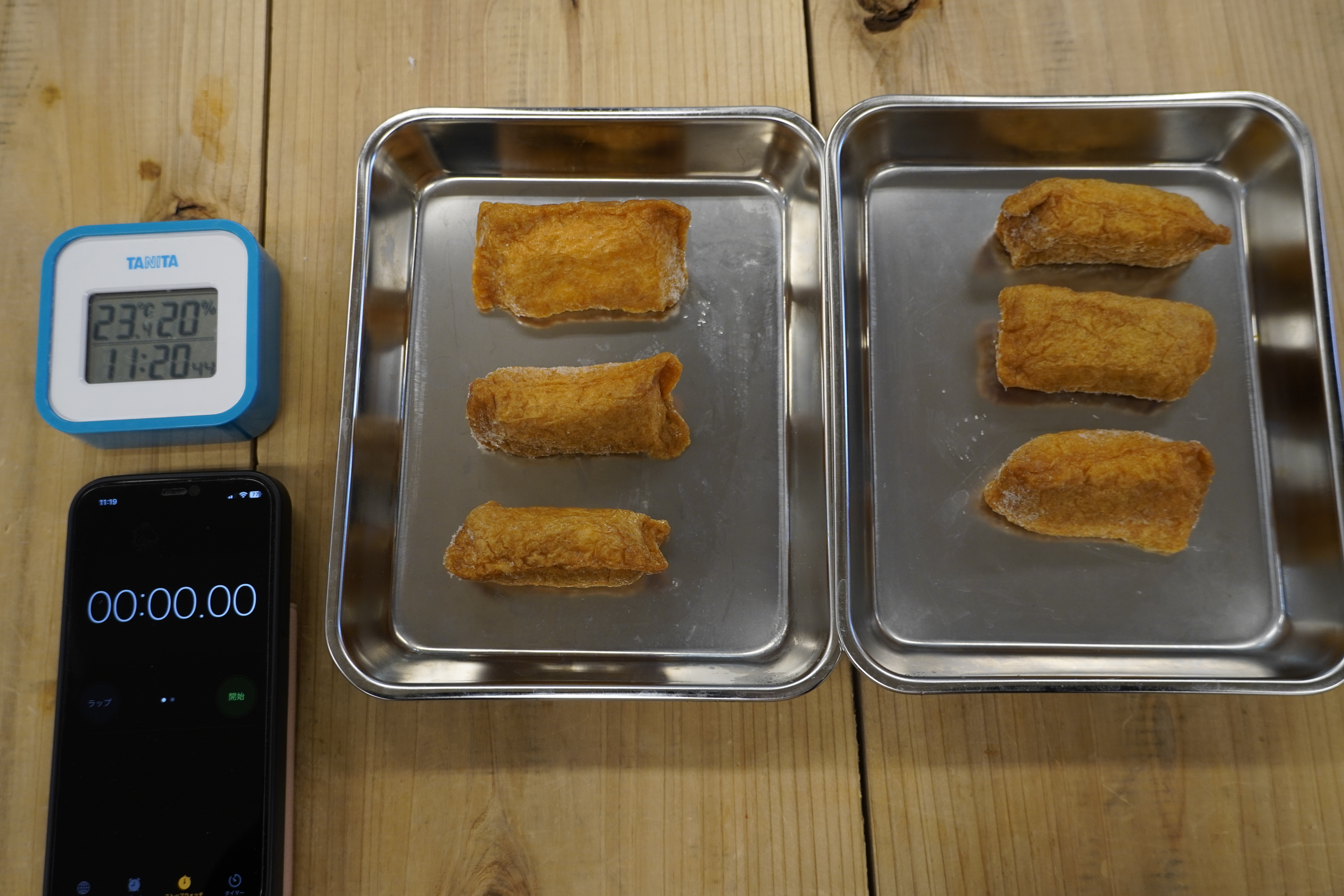
After thawing at room temperature
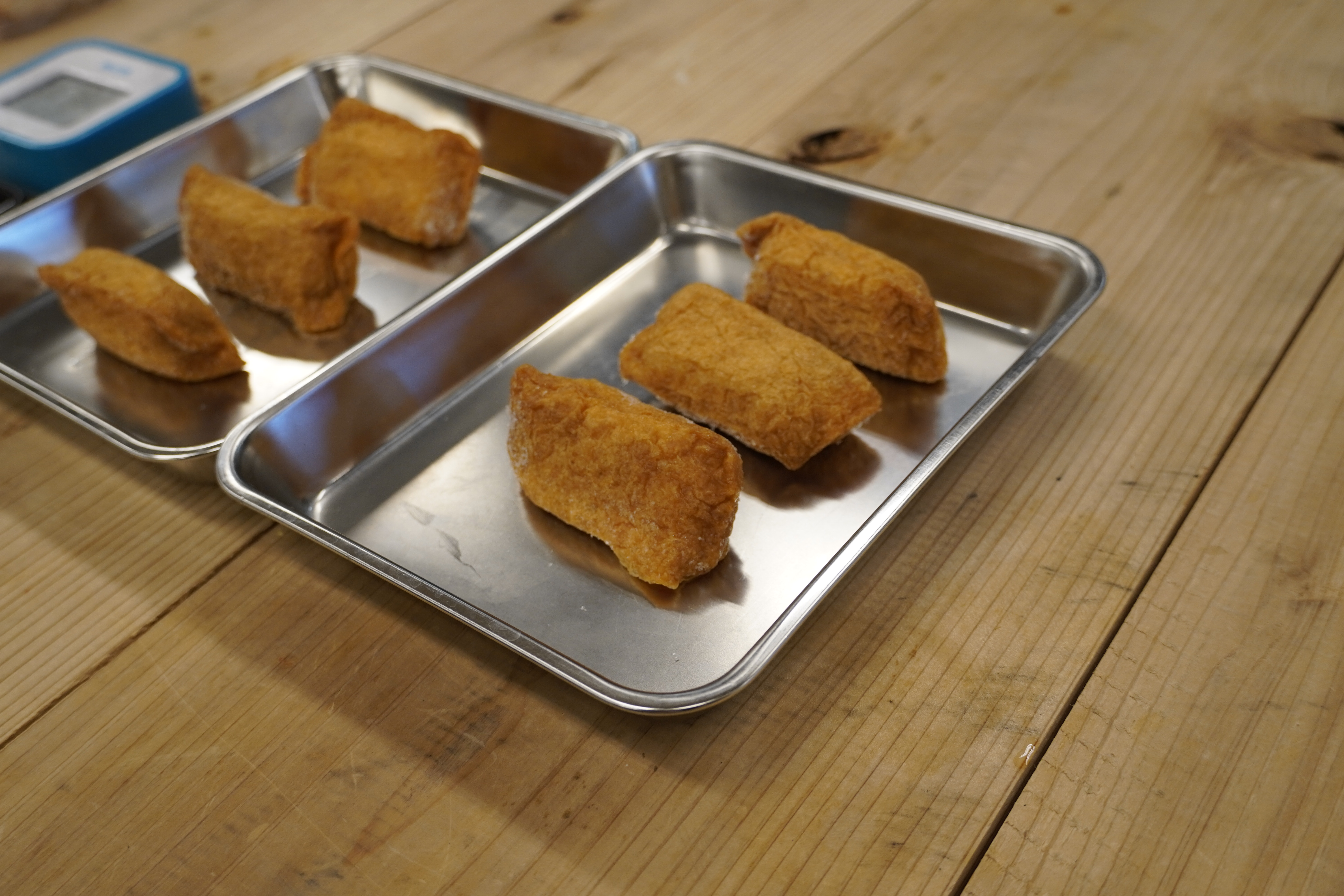
Conclusion
This time, we reported on the results of a freezing and thawing experiment on "Inarizushi."
We immediately froze the freshly made Inarizushi in an Artlock freezer and tested thawing in two ways: ``normal temperature thawing'' and ``refrigerated thawing''!
The results of this experiment are as follows.
| How to unzip | Ambient temperature during thawing | Thawing time | Sensory evaluation results |
|---|---|---|---|
| Thaw at room temperature | 20℃ | Approximately 2 hours | Same as before freezing |
| Refrigerated thawing | 10℃ | Approximately 2 hours | Some parts are a little hard |
As mentioned above, the time required for thawing in the refrigerator and thawing at room temperature was almost the same (2 hours). However, when thawing at room temperature, the temperature range of 10℃ was reached in about 30 minutes.
As a result of sensory evaluation,
- When thawed at room temperature, the rice was highly rated as being able to feel the grain of each grain, not being too hard or too soft, and at a level that was hard to notice compared to before freezing.
・When thawing in the refrigerator, some people said that some parts of the food were a little hard compared to when thawing at room temperature, but they said it was not a problem when eaten alone.
Traditionally, it has been said that it is extremely difficult to make Inari sushi that has been refrigerated and thawed, and in fact, problems such as the vinegared rice becoming waxy and becoming dry can sometimes be a problem.
In order to solve the problem of quality changes due to freezing experiments, our laboratory team is researching and developing the optimal recipe for vinegared rice for freezing every day.
We are researching recipes for various foods other than vinegared rice, so if you are interested in the latest research results, please contact us!
We also sell art rock food that combines research with ingredients!
For inquiries about Art Rock Inari Sushi introduced in this article, click here.









![[Storage period increased by 30 times! ] Achieving a stable supply of raw whitebait!](https://shunkashutou.com/wp-content/uploads/2016/11/579c55e6d32e1385c250e8e7c3ed59a71.jpg)
![[Sales increased 100 times! ] rapid freezing the signature menu “Ni-katsu sandwich”!](https://shunkashutou.com/wp-content/uploads/2016/11/IMG_02391.jpg)
![[Horse sashimi] We have significantly reduced waste loss with rapid freezer!](https://shunkashutou.com/wp-content/uploads/2016/11/5fda59d0cbcdabde18e58c3c58c09ed0.jpg)




![[Storage period increased from 3 days to half a year! ] Restaurants are expanding their business using wholesale and mail order!](https://shunkashutou.com/wp-content/uploads/2018/04/66c19942ab4ba346fdb64ccc04cde373.png)
![[Reduce loss from 200 kg of oysters to zero] Improve loss and expand business with rapid freezer](https://shunkashutou.com/wp-content/uploads/2018/06/19785ca583a8d3c4041c7c192d041b0d.jpg)












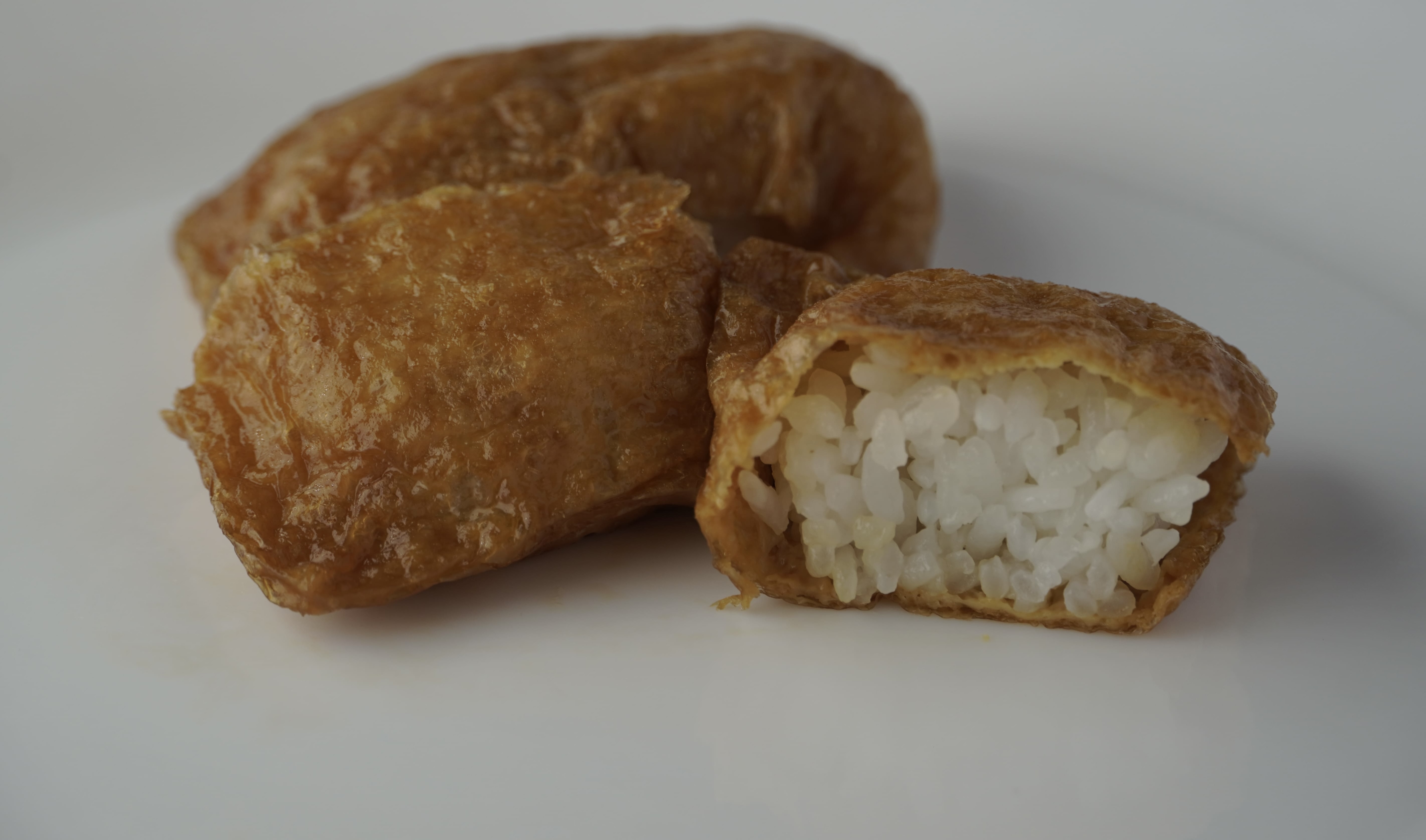



![[Secret Technique] Introducing the freezing preservation and remake recipe of Kinpira Burdock!](https://shunkashutou.com/wp-content/uploads/2023/09/4c4b704274331befeed83cc4493acb75-1.jpg)
![[Includes grilling instructions] How to freeze hamburger steak, storage period, and carefully selected recipes!](https://shunkashutou.com/wp-content/uploads/2023/09/eb3a531f7fd023f973240f698c092b64.jpg)
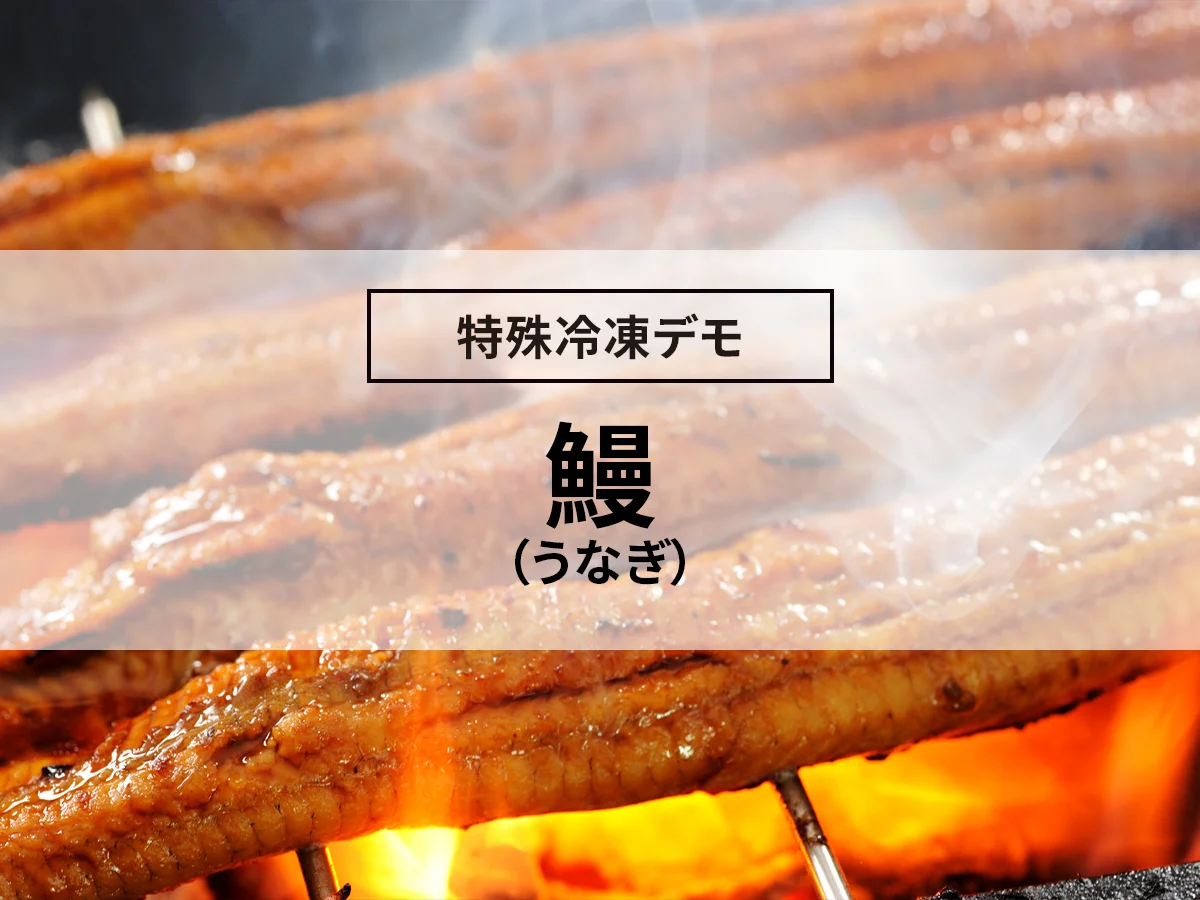
![[Explanation of how to fry! ] How to freeze and thaw pork cutlet, remake recipe!](https://shunkashutou.com/wp-content/uploads/2023/10/0a4143ad8ea0cc6bb6fdab8c74fab407.jpg)
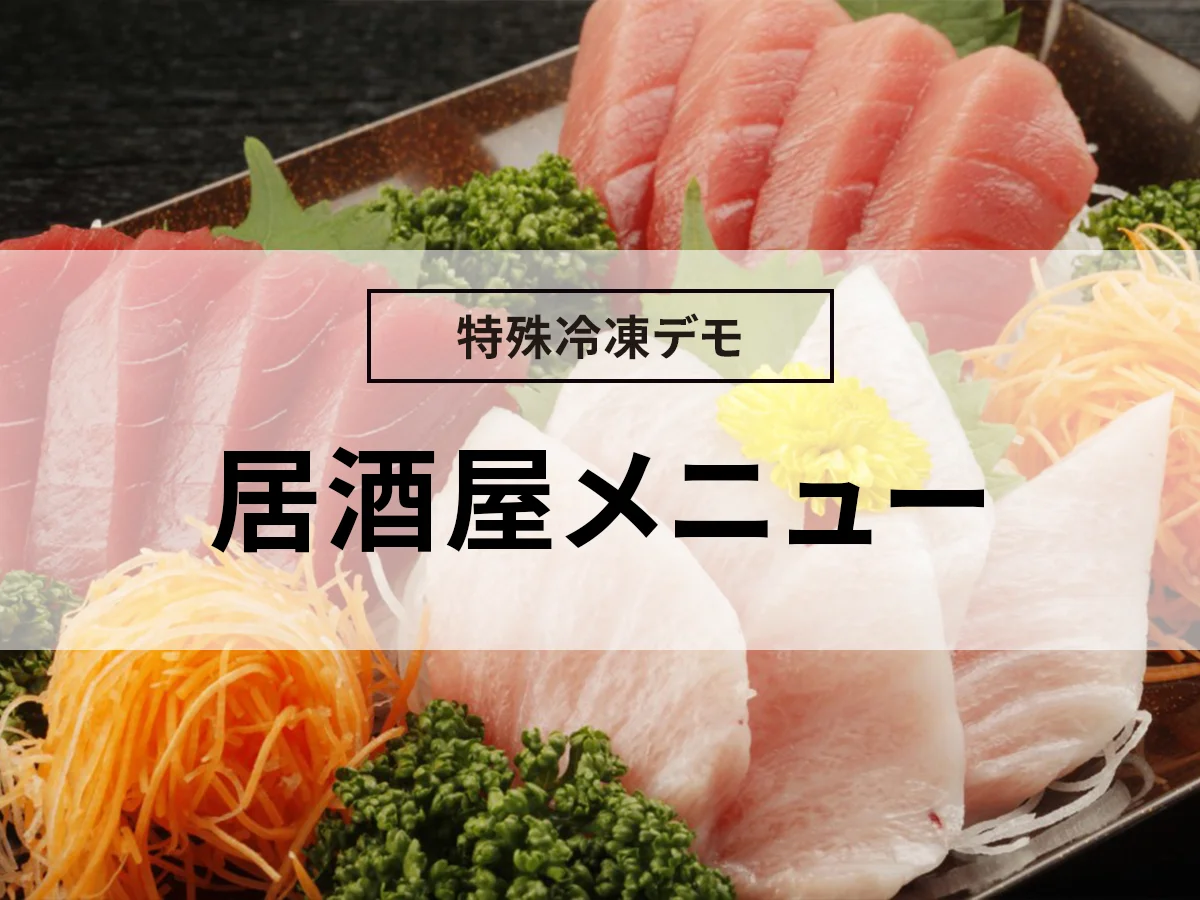
![[Delicious, Convenient, Cheap] Recommended commercial frozen foods for restaurants to purchase](https://shunkashutou.com/wp-content/uploads/2023/07/business-frozen-food-1024x682-1.jpg)
![How to freeze rice balls, storage period, and arranged recipes [use leftover rice]](https://shunkashutou.com/wp-content/uploads/2023/10/2431752695ba1372808f3603c896a5d3.jpg)
![[A must-see for restaurants that serve rice] What is rapid freezing that can preserve rice for a long time?](https://shunkashutou.com/wp-content/uploads/2024/05/c62e7b670b6a349aa31ef2d681a21137.webp)
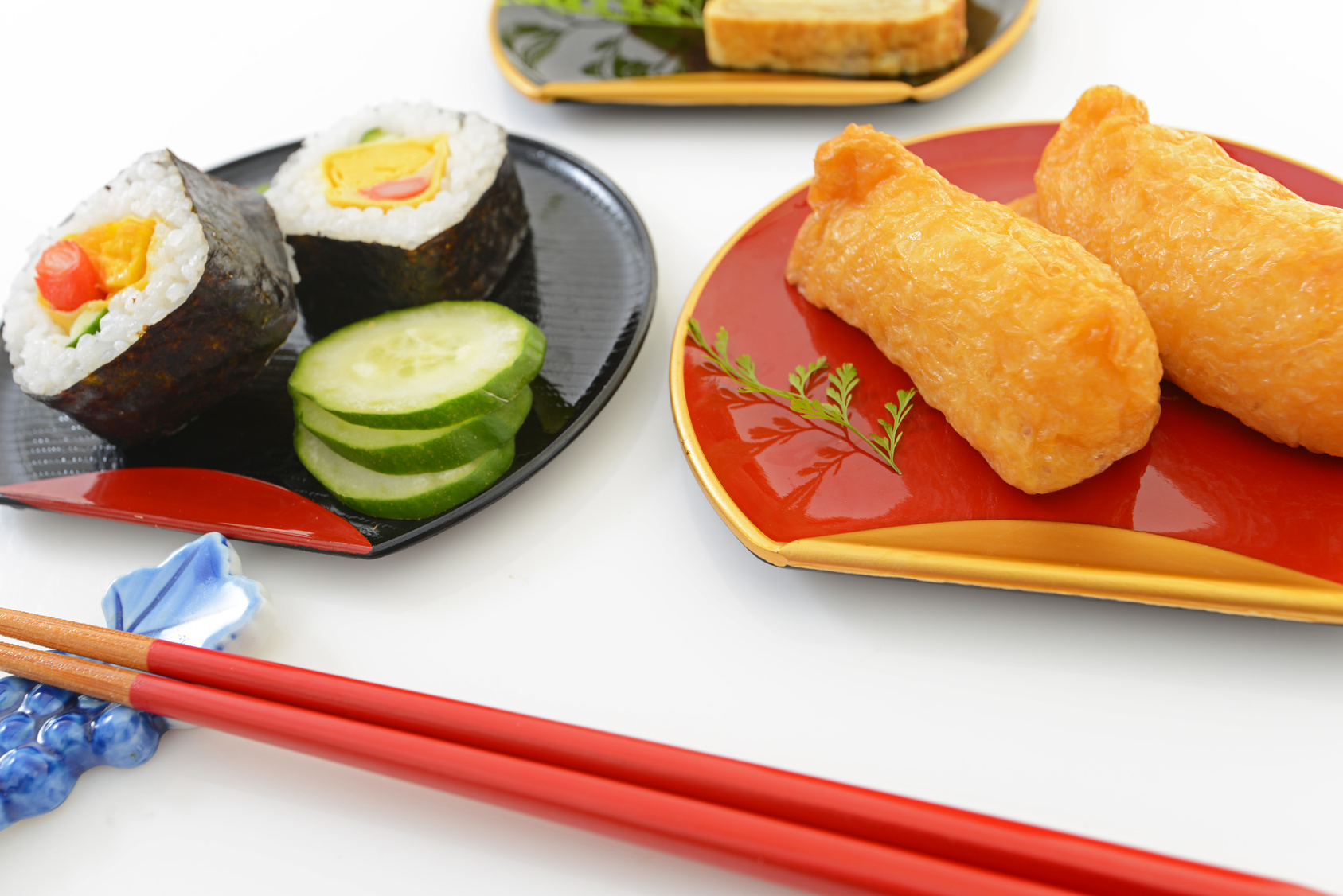
![[Bringing fresh cakes nationwide] How to dramatically increase profits at a pastry shop?](https://shunkashutou.com/wp-content/uploads/2024/09/661ea3ee6264fab6520017622c656870.webp)
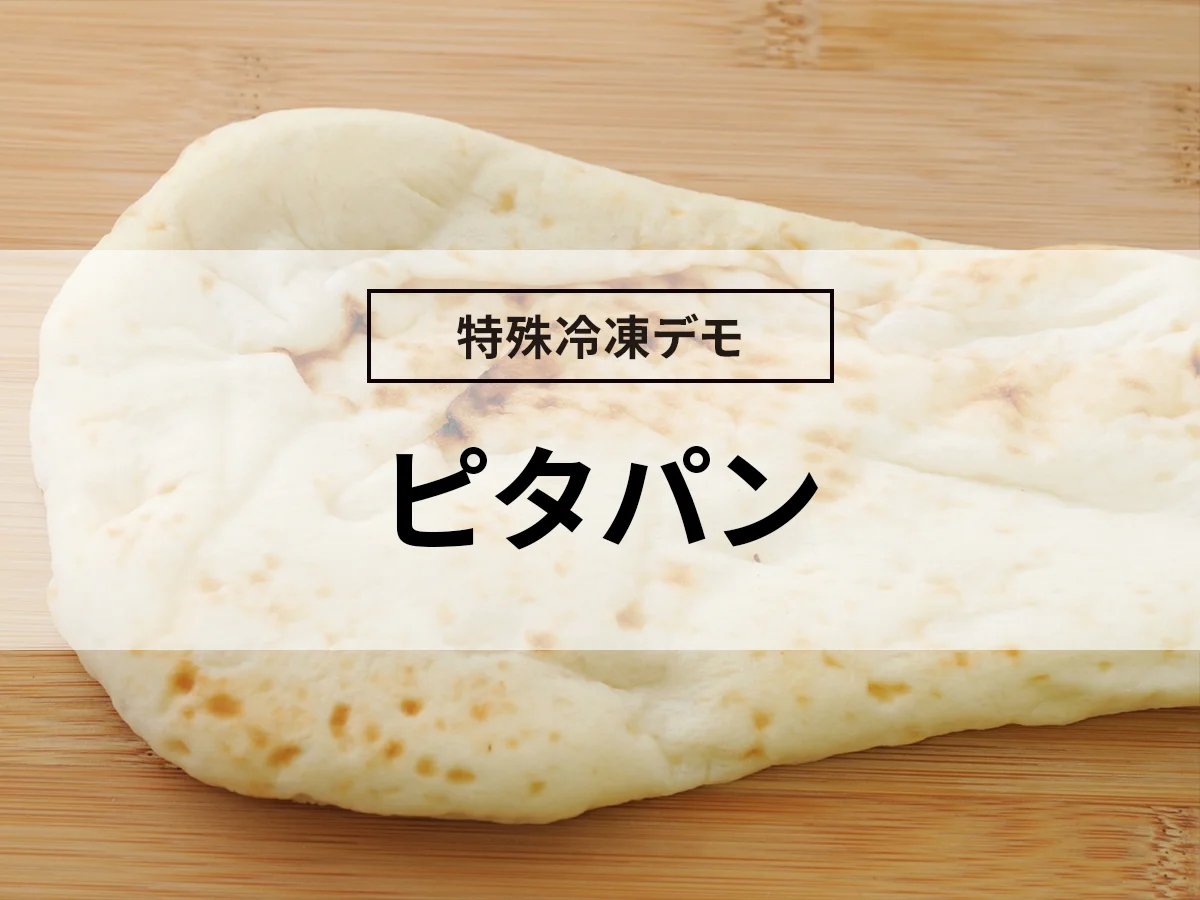

![[Must-see for bakers] 6 reasons why bakeries should use rapid freezing](https://shunkashutou.com/wp-content/uploads/2021/02/f92a102c9d3cc8c63dc7e509ce6d35d2.jpg)
![[Restaurants/Restaurant] Advantages and success stories of introducing rapid freezer](https://shunkashutou.com/wp-content/uploads/2015/05/inshoku-article-eyecatch1.jpg)
![[Labor shortage]The benefits with examples of using rapid freezer](https://shunkashutou.com/wp-content/uploads/2019/04/hitodebusoku-article-main_pc.jpg)



![[For the lunch box manufacturing industry] Business issues can be solved by using rapid freezing!](https://shunkashutou.com/wp-content/uploads/2024/04/f93f171f5d29bdb15c4b8d06e244b002.jpg)

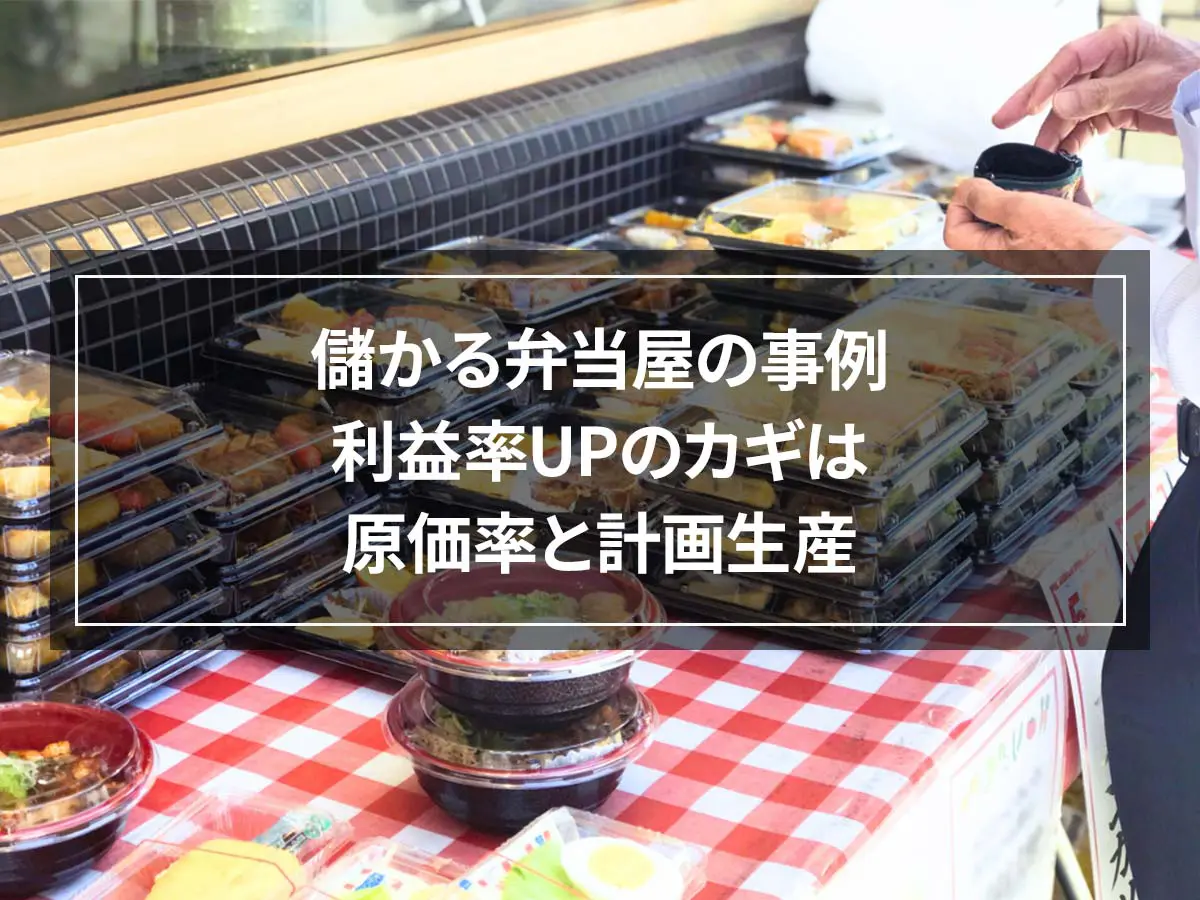
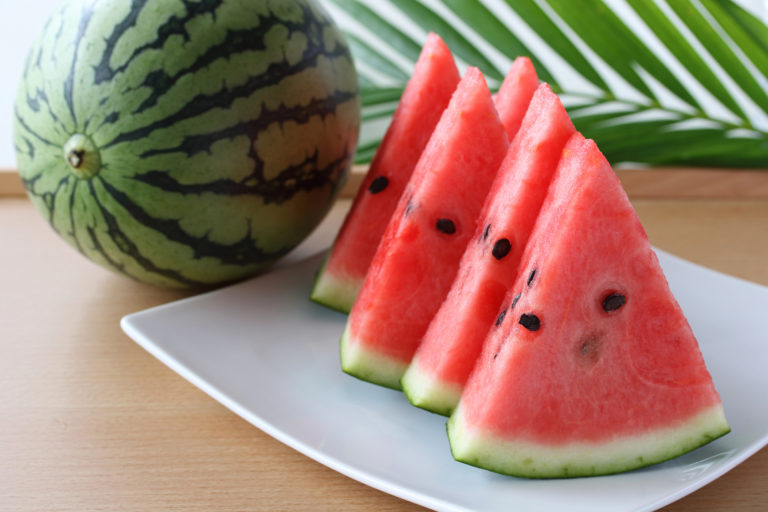


![Explaining how to freeze garland chrysanthemums with photos! [Defrosting and storage period, 5 recipes]](https://shunkashutou.com/wp-content/uploads/2023/10/syungiku-catch-768x512-1.jpg)
![[Can it be frozen? ] Introducing recipes and methods for freezing avocados!](https://shunkashutou.com/wp-content/uploads/2023/07/7b25b2d45ff983fca2a15b6ad7edf369-1.jpg)
![[How long does it last? ] How to freeze cooked rice and how long it can be stored](https://shunkashutou.com/wp-content/uploads/2023/10/7e31499b015d58f220536e3274a41bf2.jpg)
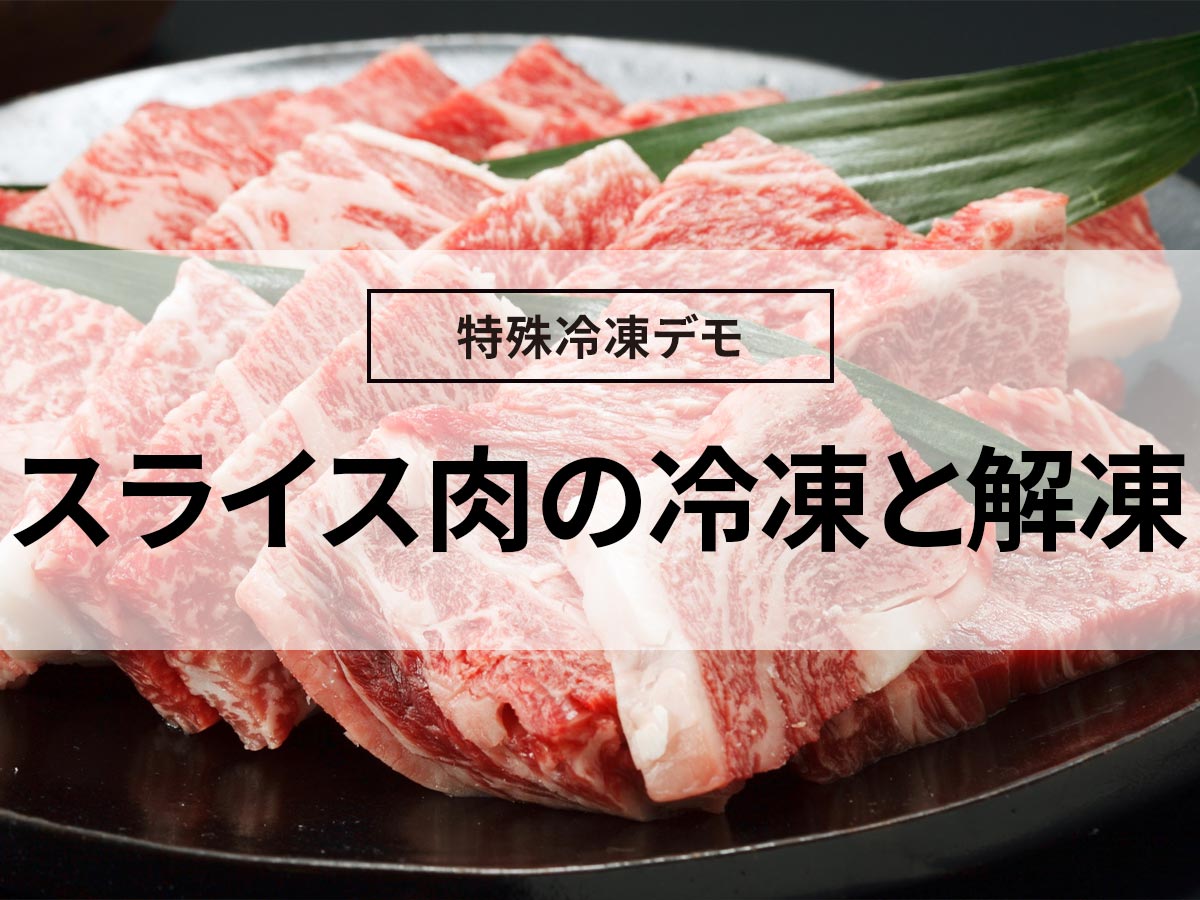
![Introducing how to freeze corn and recipes [Explanation with photos! ]](https://shunkashutou.com/wp-content/uploads/2023/08/195a6cd4120bbae043606a677c71a7dc.jpg)
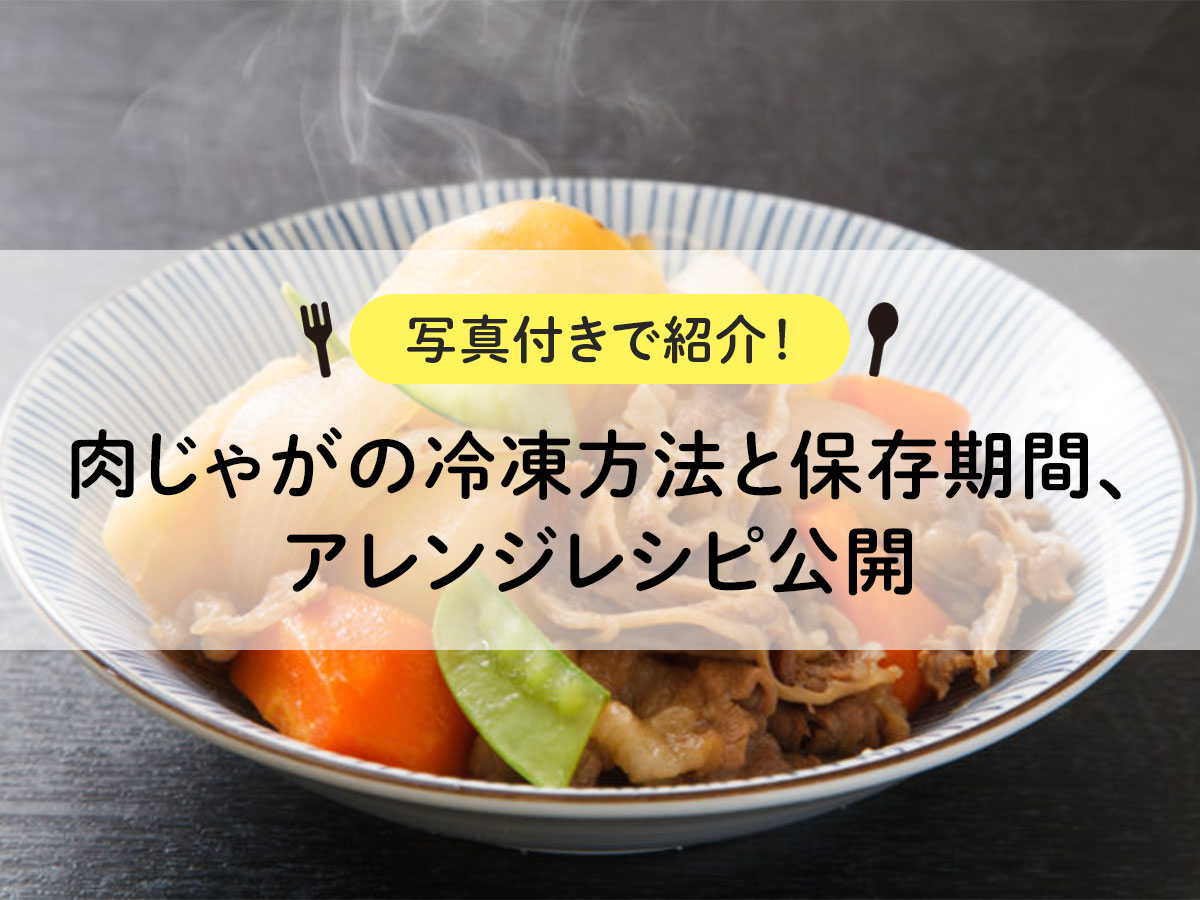
![[Explanation with photos] How to freeze meat sauce, storage period, and 5 recipes!](https://shunkashutou.com/wp-content/uploads/2023/09/efa7161a08e57ef763d9e19623c7669c.jpg)
![[Freezing pickles] rapid freezing demo](https://shunkashutou.com/wp-content/uploads/2016/09/54443af8b86c85071ce9c09d80430b9a.webp)
![[Can it be frozen?] Stew freezing method, storage period, and arrangement recipe](https://shunkashutou.com/wp-content/uploads/2023/10/f599b814ea21eef57604e4ceb2518d5b-1.jpg)
![[Should be frozen! ? ] How to freeze and thaw bread, 5 carefully selected recipes!](https://shunkashutou.com/wp-content/uploads/2023/10/4691acc32cab80284fa0cddf72d58e95.jpg)

![[Be good at saving money! ] Introducing the method and recipe for freezing fried rice](https://shunkashutou.com/wp-content/uploads/2023/10/mayo-tyahan-1024x768-1.jpg)



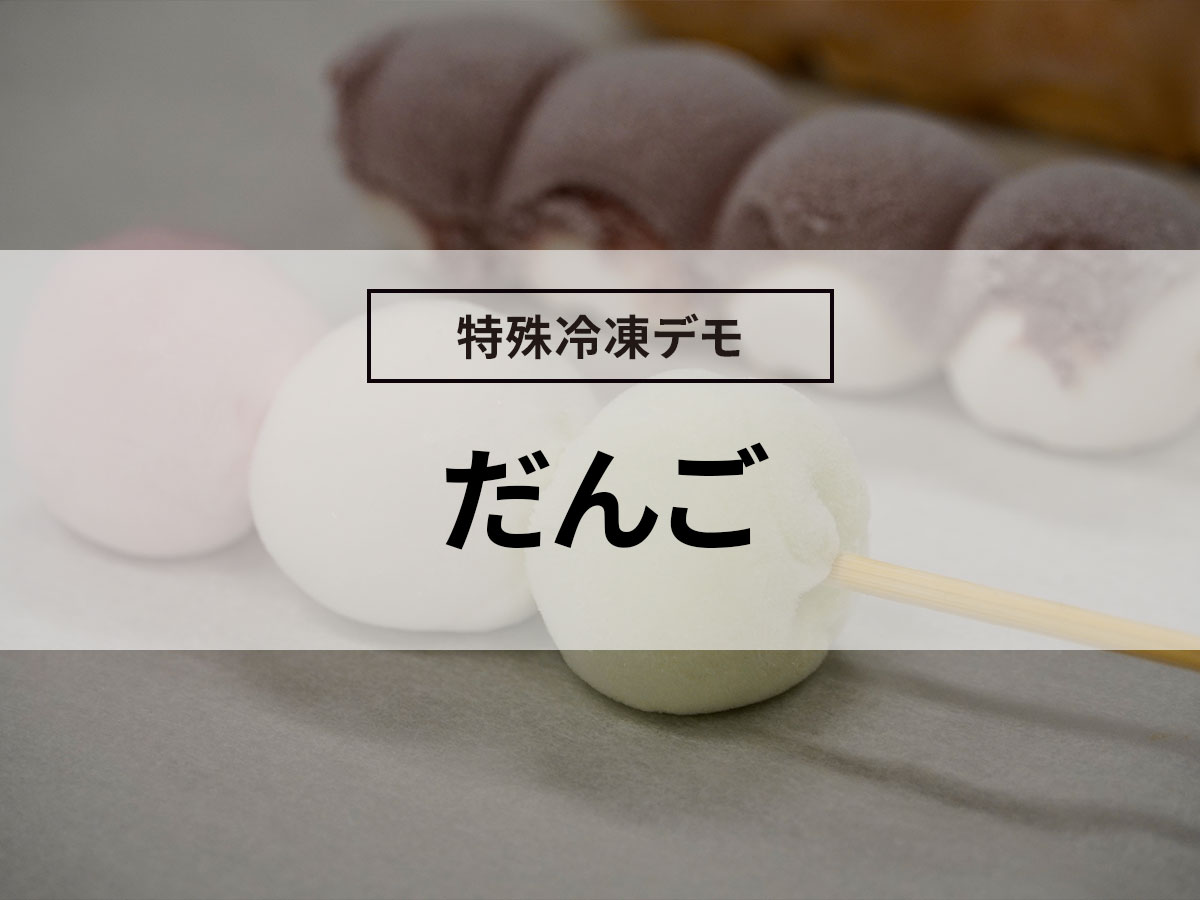

![[It's good to know! ] Introducing how to freeze curry, how long to keep it frozen, and how to thaw it |](https://shunkashutou.com/wp-content/uploads/2023/08/5de5495c896622dc896a8f23d9528300.jpg)
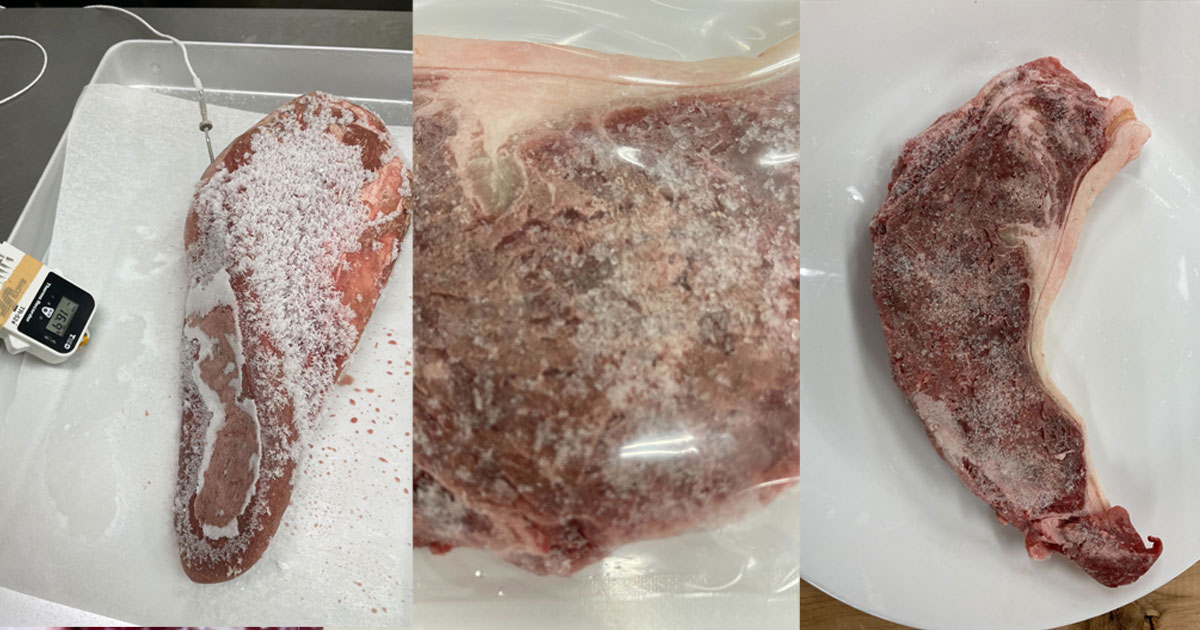
![[Explanation with photos! ] How to freeze beef, storage period, and 5 recipes!](https://shunkashutou.com/wp-content/uploads/2023/07/8717f2a867f52157bab47841b0f29019.jpg)
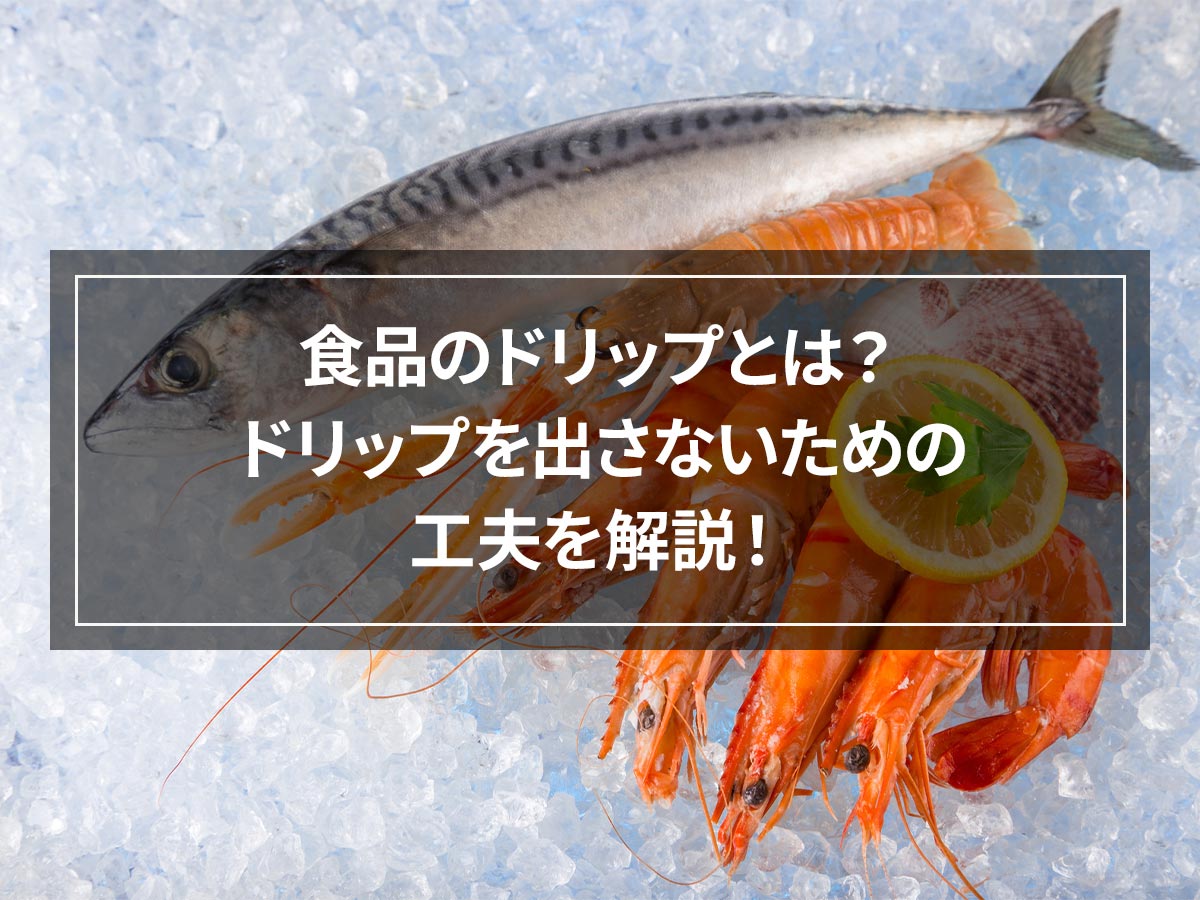
![How to freeze and thaw chestnuts, storage period, and 5 recipes! [Explanation with photos]](https://shunkashutou.com/wp-content/uploads/2023/09/c590a9e6fb16ed45fe2fdd32813de03b.jpg)




